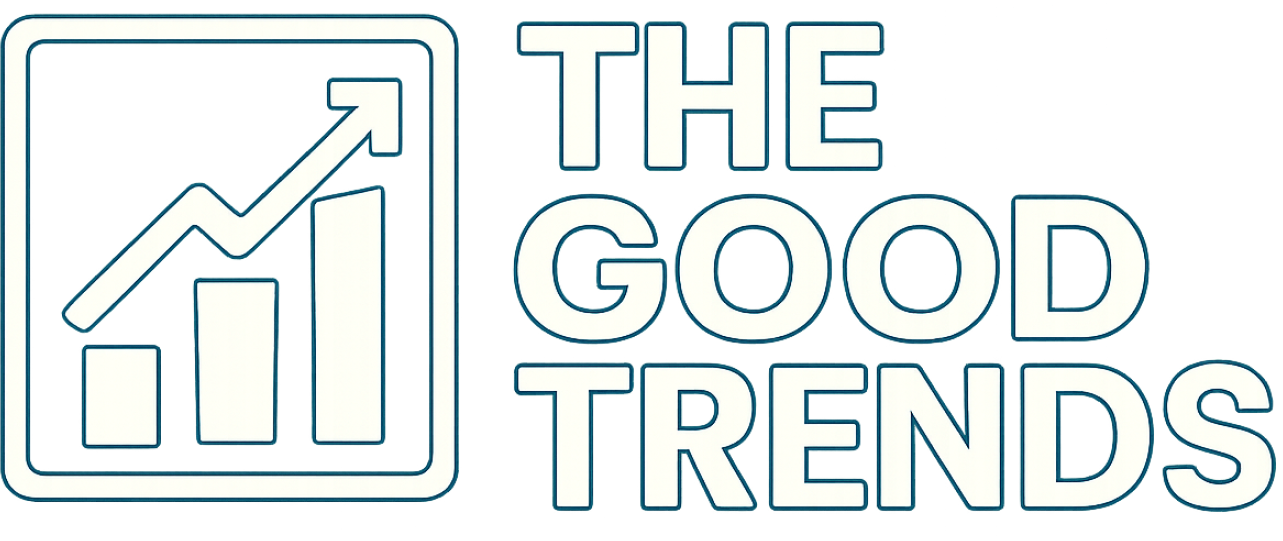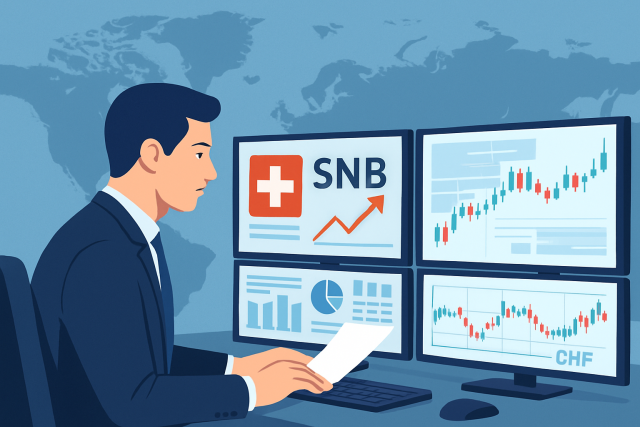
How to interpret Swiss central bank announcements for trading?
Discover how to interpret Swiss central bank announcements effectively to anticipate market moves an...
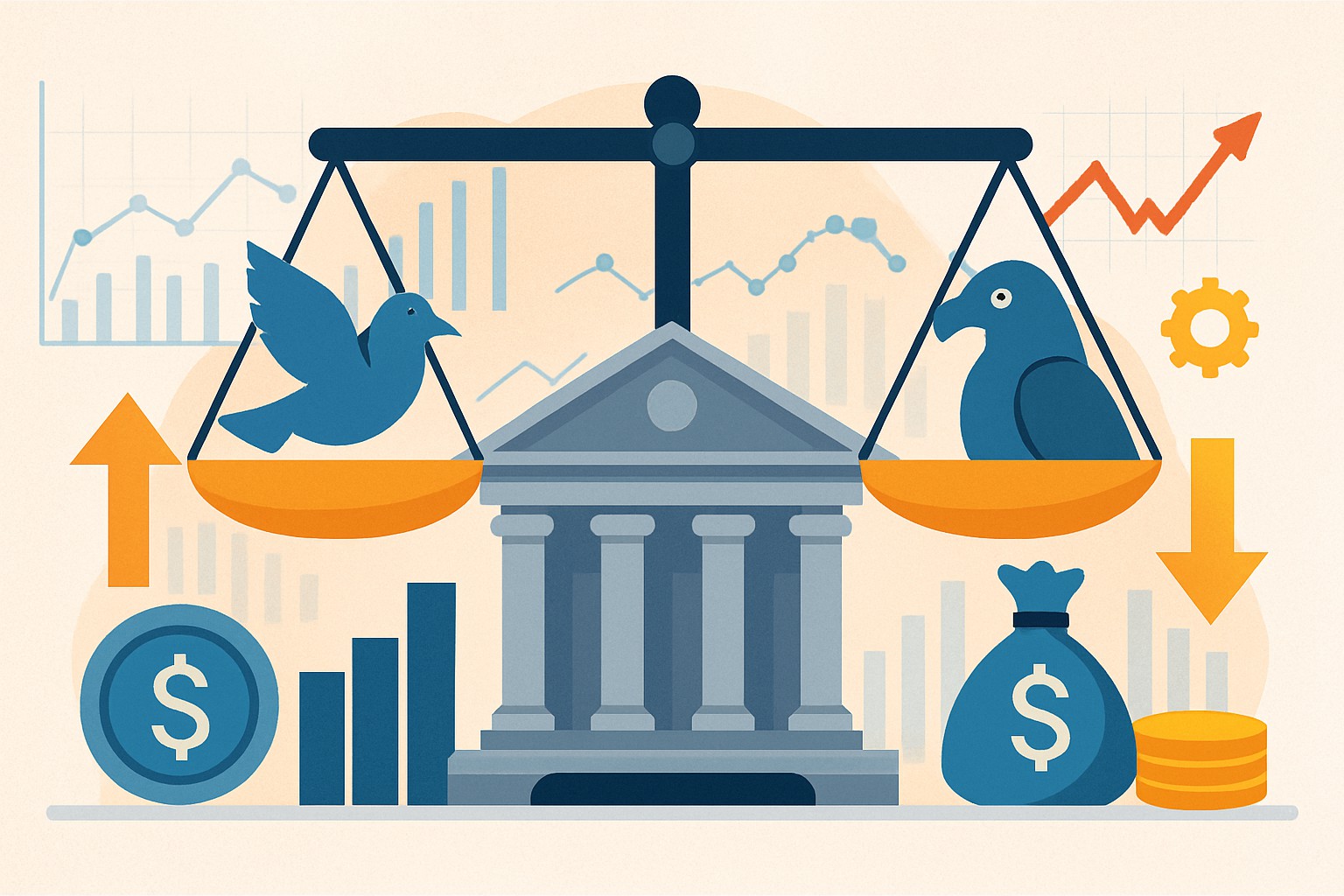
Changes in monetary policy really hold the reins when it comes to steering the economy. Keeping a close watch on whether the policy turns dovish or hawkish is important because investors and economists have a stake in this. These shifts don’t just move the needle a bit. They can shake up interest rates and inflation trends as well as financial markets in surprising ways.
Dovish and hawkish monetary policies represent two different strategies central banks use to steer the economy. A dovish approach favors lower interest rates and accommodative moves to gently nudge growth and jobs while tolerating more inflation as the price of progress. On the flip side, a hawkish stance focuses on reining in inflation by hiking interest rates and tightening the screws even if it slows the economy down a notch.
Dovish monetary policy usually means central banks roll up their sleeves to encourage economic growth when things start to drag or the economy hits a rough patch. The main goals tend to focus on boosting employment, making borrowing more wallet-friendly and keeping consumer spending afloat. Banks that take a dovish stance often lower key interest rates or hold them low to make credit easier on the pocket. Sometimes they also resort to quantitative easing—essentially buying government bonds or other securities—to inject much-needed liquidity into financial markets.
Hawkish policy is primarily designed to keep inflation in check and prevent the economy from overheating by raising interest rates and tightening financial conditions. Central banks tend to pull this card when inflation appears ready to spike or when growth feels like it could sprint beyond what’s sustainable.
| Factor | Dovish Policy | Hawkish Policy |
|---|---|---|
| Inflation Outlook | Willing to tolerate a bit more inflation if it means giving growth a good nudge | Aims to bring inflation down, usually keeping it neatly below target |
| Interest Rate Direction | Usually leans toward lowering or holding rates steady to keep things cheap | Typically pushes rates up to cool down overheated demand |
| Quantitative Measures | Often resorts to quantitative easing, like buying bonds to inject some life into the market | Prefers quantitative tightening by offloading assets or slashing purchases to tighten the purse strings |
| Economic Impact | Encourages borrowing, investment, and spending – basically trying to grease the wheels | Puts the brakes on credit and slows investment, aiming to prevent overheating |
| Employment Focus | Keeps a sharp eye on lowering unemployment, prioritizing jobs over inflation scares | Willing to accept a bit more unemployment if it helps keep inflation in check |
| Market Reaction | Usually gives stock prices a lift and nudges bond yields down, much to investors’ delight | Can weigh on stocks and push bond yields higher, which sometimes makes markets a bit jittery |
Shifts between dovish and hawkish policies often serve as clear signals of important changes in the monetary stance, and these shifts can ripple quickly through asset values.
These policy changes ripple through key macroeconomic measures in several ways. Inflation expectations usually swing depending on how seriously central banks tackle price pressures. Unemployment rates might tip up or down depending on the policy route taken. GDP growth forecasts tend to bend and shift in response.
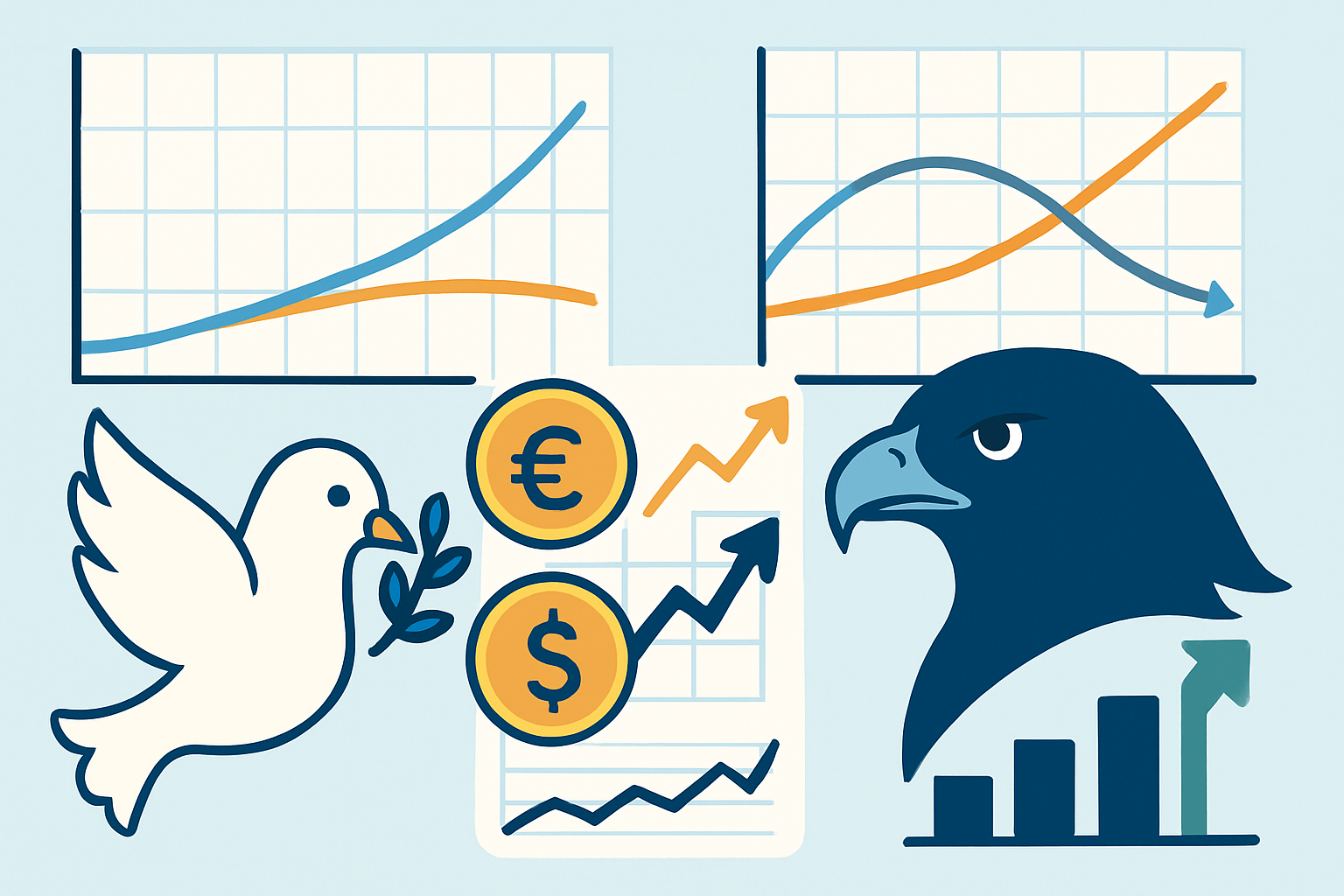
Diagram showing financial market reactions to dovish vs hawkish policy announcements (e.g., bond yield curve shifts, currency fluctuations).
Dovish policy changes usually push short-term interest rates down and nudge people to borrow and spend more freely. This can gently lift inflation expectations. On the flip side, hawkish moves crank interest rates up to keep inflation in check and signal tighter credit conditions.
Dovish policies usually give equity markets a leg up by lowering borrowing costs and brightening the corporate earnings outlook. They often put some pressure on the currency as yields take a dip. On the flip side, hawkish moves tend to tighten liquidity. This can send stock valuations tumbling, nudge bond yields upward and boost the currency thanks to interest rate spreads.
Dovish policies generally boost economic growth by supporting investment and job creation. However, if they last too long they can lead to asset bubbles and rising inflation. On the flip side, hawkish moves focus on reining in inflation but sometimes cause higher unemployment and slower GDP growth.
Dovish policies usually help bring down borrowing costs which nudges businesses to invest and hire more. Sometimes it’s like giving the economy a gentle caffeine boost.
Consumer spending often gains momentum under dovish regimes and frequently sparks stronger GDP growth that keeps everyone’s hopes up.
If policymakers keep things too accommodative for too long, inflation can start creeping higher and the market might overheat like a pot left on the stove.
Hawkish moves crank up interest rates to cool demand and keep inflation in check—think of it as the brakes on a speeding car.
Higher rates usually mean investment takes a hit and layoffs tend to rise, pushing unemployment numbers upward which no one is thrilled about.
Striking the right balance here is vital because leaning too hard into hawkishness can easily tip the economy into recession territory.
Central banks usually tiptoe around their language and pick their moments with great care when signaling shifts between dovish and hawkish stances. You will often find that meeting minutes, speeches and press conferences subtly shift their tone like a carefully choreographed dance to nudge market expectations and avoid rocking the boat with unexpected moves. For example, when they use words like "accommodative" it is typically a nod toward dovish leanings while phrases such as "inflation pressures" tend to lean more hawkish.
Forward guidance really holds the spotlight because markets have this uncanny ability to catch even the slightest shift in wording and run with it, trying to guess where policy is headed.
"Central bank communication often packs just as much punch as the actual policy decisions. When the message is crystal clear, it tends to calm jittery markets, but vague or muddled language can stir up quite a bit of volatility. So, in my experience, nailing the messaging is absolutely important to how monetary policy does its job." — Dr. Emily Chen, Senior Economist
Dovish and hawkish signals often stir up different reactions depending on who is in the room. Investors tend to watch for signs of growth or red flags that scream "avoid risk." Traders are usually ready to pounce on any changes in volatility or interest rates to make a quick buck. Meanwhile, businesses might tweak their borrowing or investment strategies to stay ahead.
Tired of missing opportunities and making suboptimal trading decisions? TrendSpider's cutting-edge platform automates complex technical analysis, saving you time and reducing human error.
With multi-timeframe analysis, dynamic alerts, backtesting, and customizable charting, you'll gain a competitive edge in identifying trends and making informed trades across global markets.
As a dedicated trader, you know the power of technical analysis in navigating the financial markets. TrendSpider is the cutting-edge tool you need to take your trading strategies to new heights. With its advanced charting capabilities and automated pattern recognition, TrendSpider empowers you to make informed decisions faster.
17 posts written
Born in Athens, Ariadne Petrou is a leading expert in behavioral finance, exploring the psychological factors that influence trading decisions and market dynamics.
Read Articles
Discover how to interpret Swiss central bank announcements effectively to anticipate market moves an...
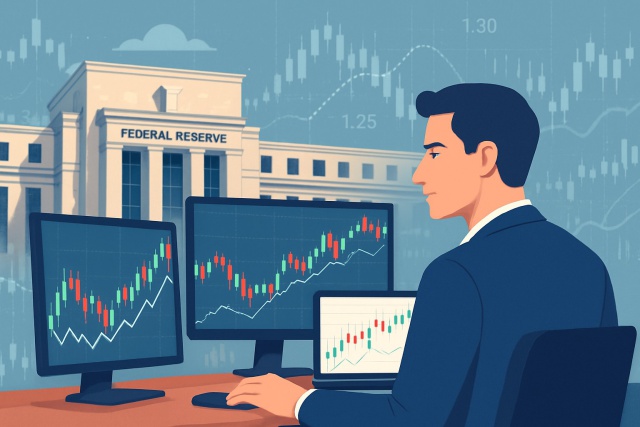
Learn how hawkish and dovish Federal Reserve communications impact forex markets. This guide breaks...

Discover what protectionism means in global trade, why countries use it, and its effects on economie...
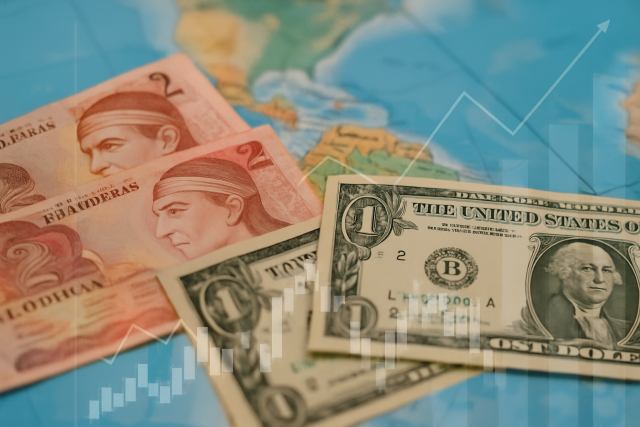
Discover the main factors that influence the Honduras country currency, the lempira, and understand...
